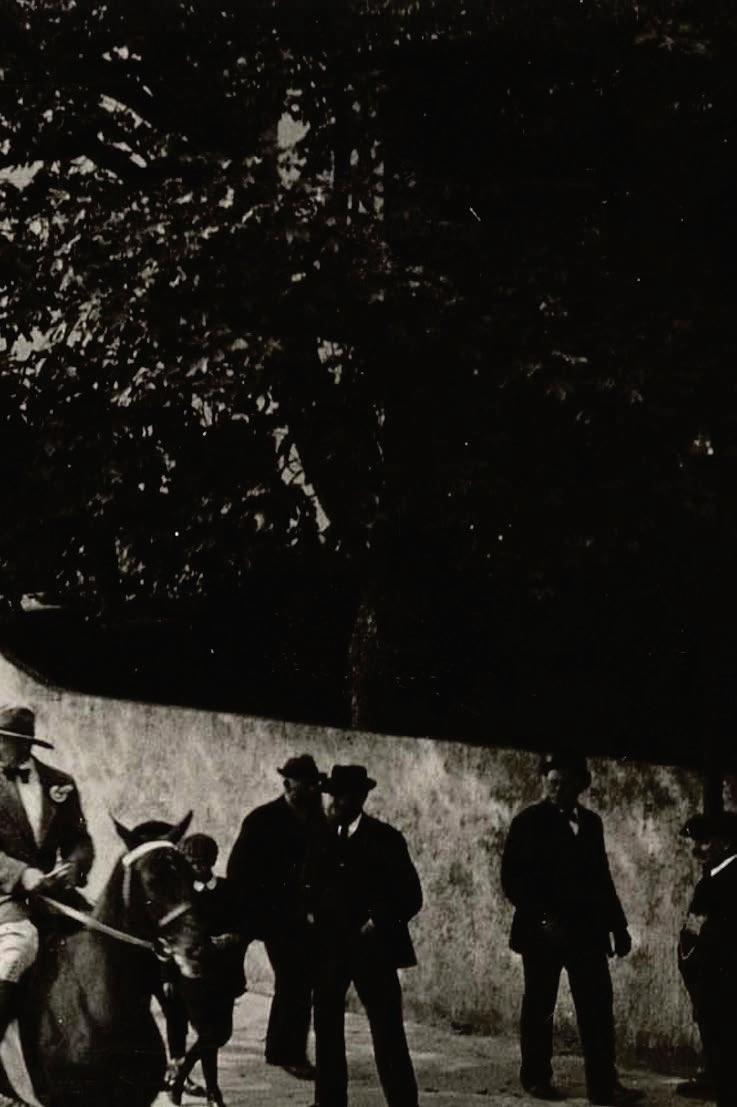
1 minute read
Introduction
from 1916 And After
by VisitMourne


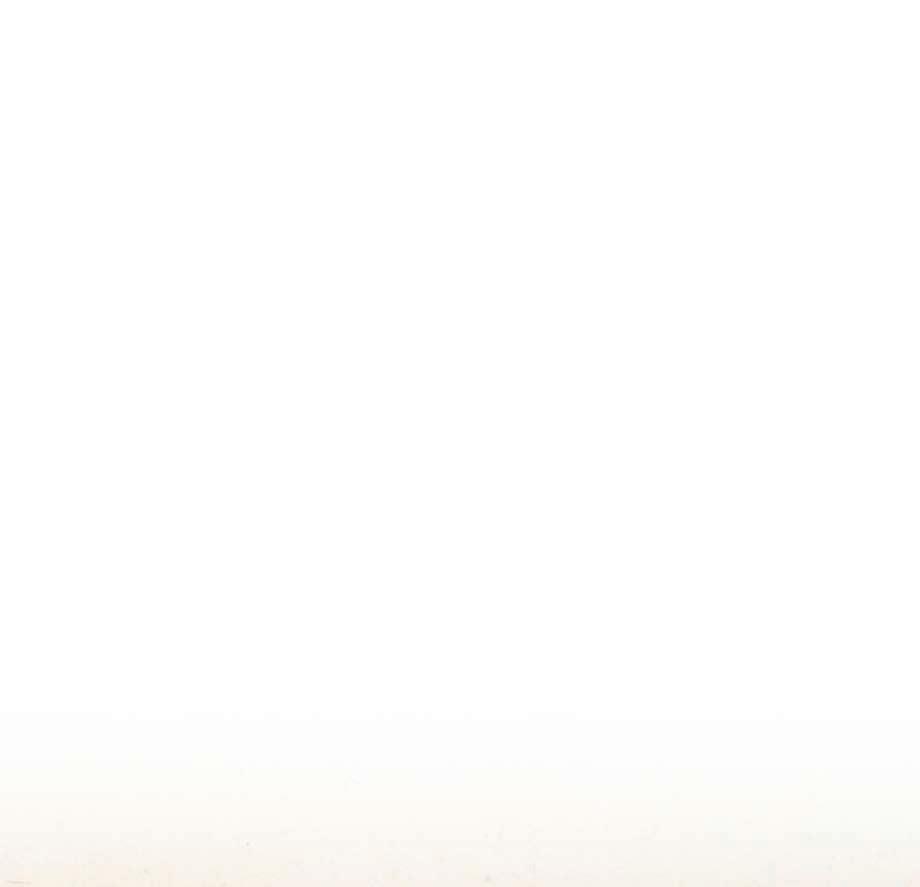

In the years leading up to the First World War, Nationalists and Unionists were opposed over the issue of Irish Home Rule. The Nationalists wanted their own Parliament in Dublin, while Unionists were opposed to this on religious and economic grounds.


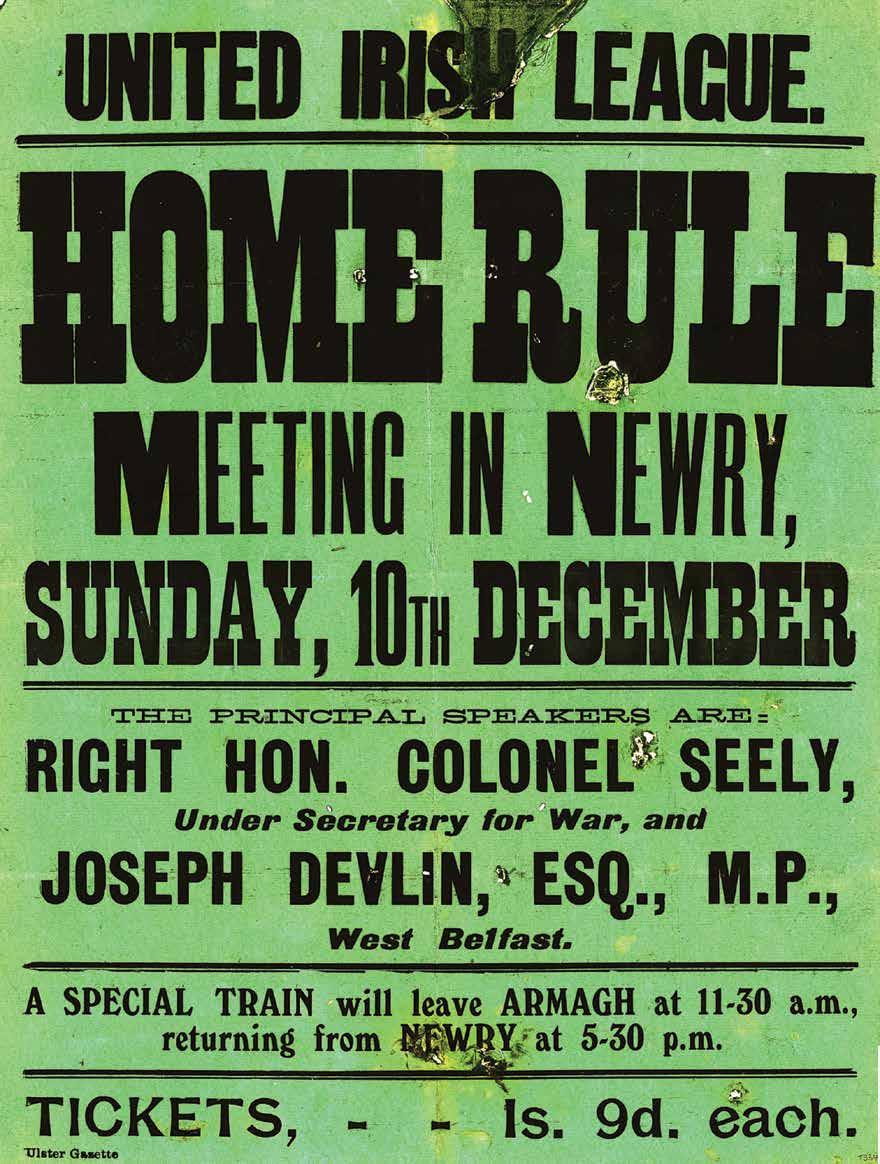
By 1914 the Home Rule Crisis had deepened and sharply divided the country, leading to the formation of the Ulster Volunteer Force (UVF) and Irish Volunteers. Both groups had armed themselves with guns covertly brought in from Germany.

The outbreak of war in August 1914 temporarily defused the situation as both sides throughout Ireland provided recruits and generally supported the war effort.


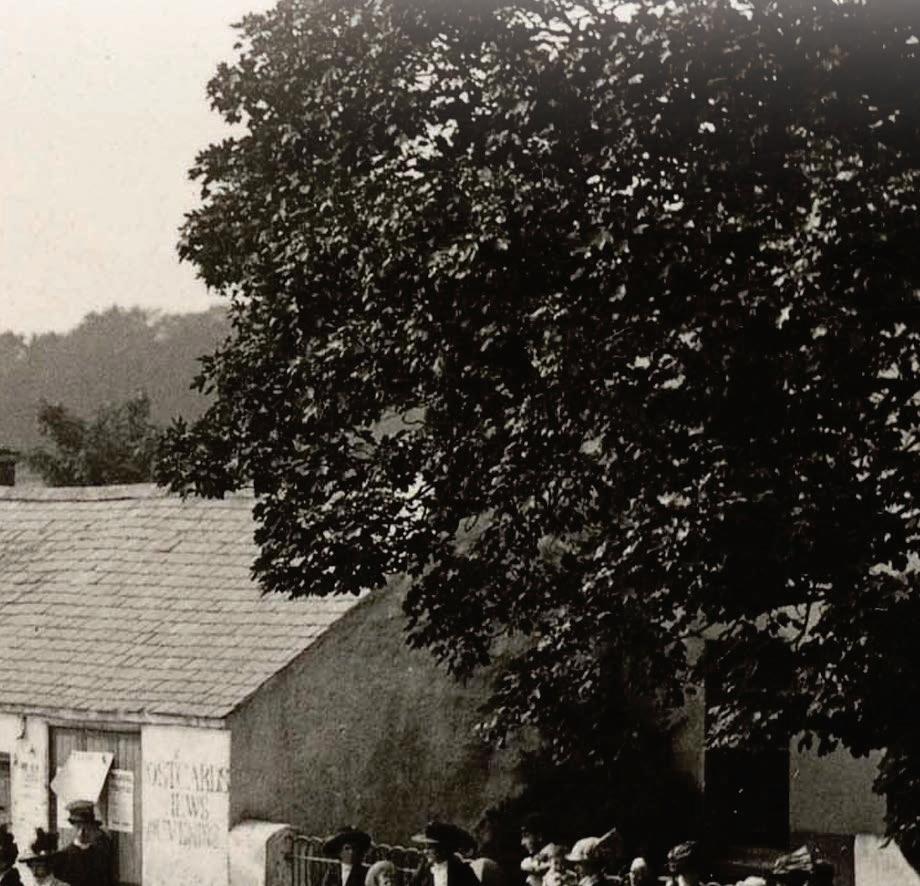
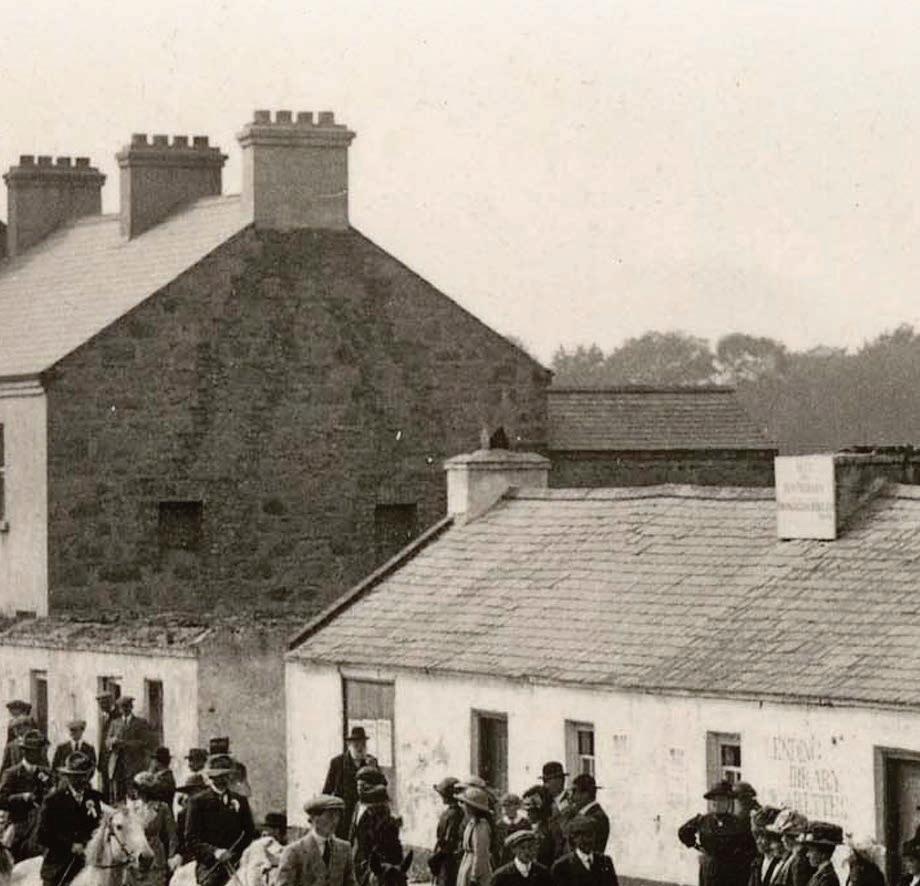

Nationalists, who wanted Home Rule, had been committed to the war by John Redmond, leader of the Irish Parliamentary Party (IPP).
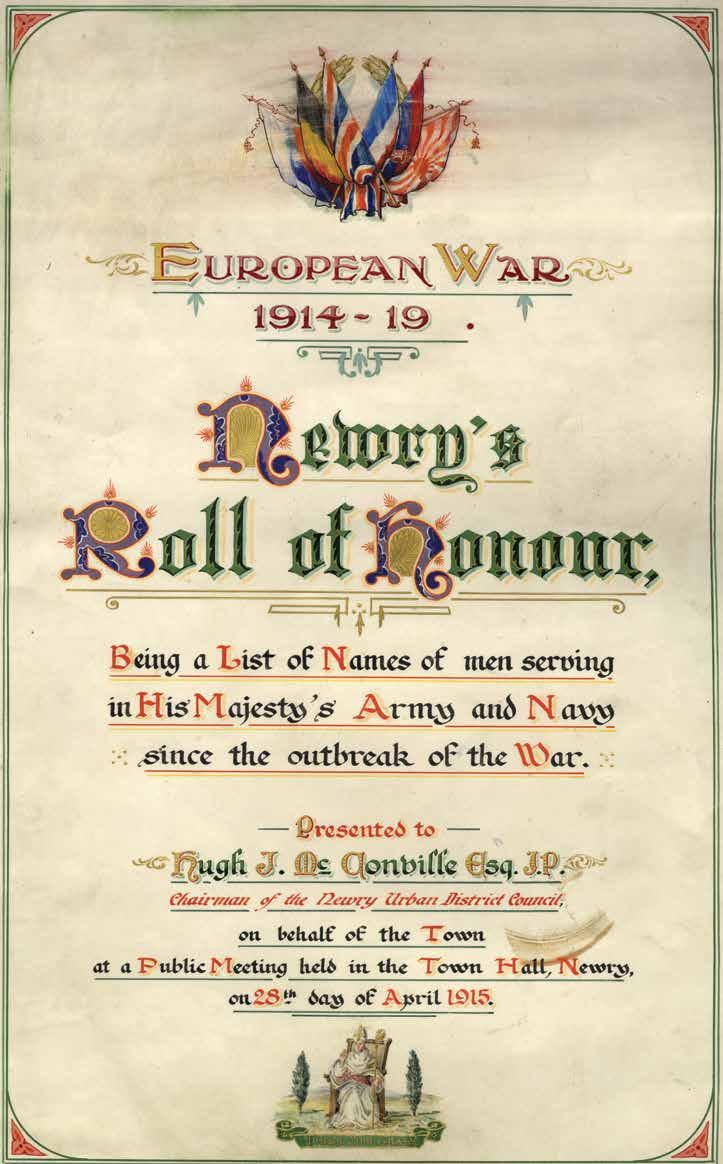
A minority of the Irish Volunteers, led by Eoin MacNeill, disagreed with Redmond and broke away. The larger Redmonite group became known as National Volunteers, and was supported by most Nationalists in south Armagh and south Down.

The anti-war minority retained the name, Irish Volunteers. The Irish Republican Brotherhood (IRB), a secret revolutionary group, exercised influence with the Volunteers and planned the Rising without MacNeill’s knowledge.
Despite two major setbacks, the interception of a ship carrying weapons from Germany and the subsequent cancellation order given by MacNeill, the Rising took place on Easter Sunday 23rd April 1916.
The Rising had some direct impact on the local area. A Newry man, Patrick Rankin, took part in the Rising and was involved in forming barricades in the General Post Office (GPO), and in street fighting. Newry IRB members, John Southwell and Robert Kelly, were arrested after the Rising and imprisoned.
The shooting of Francis Sheehy-Skeffington, a famous pacifist, writer and supporter of women’s suffrage, by Captain Bowen-Colhurst had local repercussions as Skeffington was originally from Downpatrick.


